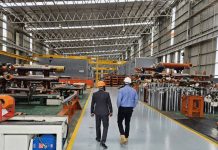Copper accounts for most of Zambia’s exports, most of its foreign exchange, most of its foreign direct investment and a significant slice of government tax revenue.
Entire towns on the Copperbelt and North-Western province owe their existence to the presence of one or more copper mines. These mines are invariably the largest local employer, the largest local spender and the largest driver of local business growth and indirect employment. Their procurement spend alone on goods and services from local businesses runs into tens of millions of dollars a year.
The levels of infrastructure, the size and sophistication of the business sector, and the standard of living of the local population all tend to be higher in mining towns than in the rest of the country.
Zambia has one of the highest levels of mineral dependence of any country in the world. The contribution that copper makes in many key areas is higher than what is typical in low- and middle-income mineral-driven countries. This is illustrated in a 2014 report by the International Council on Mining and Metals (ICMM) (see chart above).

Investment
According to the Chamber of Mines, a total of $12.4 billion was invested in new mining ventures between 2000 and 2014 by just six companies – Mopani, KCM (Konkola Copper Mines), FQM (First Quantum Minerals), Barrick Lumwana, FQM Kansanshi and Lubambe. In 2011 alone, new mining investment accounted for 86% of all Foreign Direct Investment.
This ongoing investment has produced ever-higher quantities of copper for export, and correspondingly higher export earnings – typically 70% to 80% of the total. The 2015 Zeiti (Zambia Extractive Industries Transparency Initiative) report shows that copper exports of 708 000 tonnes in 2014 brought in $7.9 billion in export earnings.
Tax revenue
The intense economic activity by the mines over the past one-and-a-half decades has resulted in sharply rising tax revenues for the government. Since 2000, tax revenues from copper mines have risen more than 300 times, leaving government more and more dependent on mining to fund its operations.
The ICMM report, citing figures from the Zambia Revenue Authority (ZRA), shows mining tax revenue as a proportion of total government revenue increased from 16% in 2008 to 32% in 2012.
Direct employment
Even though mining is a high-tech business which relies heavily on mechanization and automation, investment by the mines since 2000 has driven employment levels in the industry. The National Labour Force survey, cited in the ICMM report, shows that total formal employment in mining had reached 90 000 in 2012. This compares to around 22 000 in the late 1990s. Despite industry-wide layoffs in 2014 in the wake of the China-driven global mining crisis, total industry employment is still high.
Indirect employment
The more significant contribution in terms of employment is not so much direct employment, as indirect employment (created as mines procure supplies from local businesses) and induced employment (as employees of both the mines and their suppliers spend their wages and salaries, so creating additional jobs in other sectors). Economists call this the multiplier effect.
“The intense economic activity by the mines has also increased employment levels”
Citing a World Bank study mainly around Kansanshi mine in North-Western province, the ICMM report suggests that the employment multiplier there is “more than five”. The Chamber of Mines typically puts the average industry multiplier at between two and three. This implies that the mining industry supports up to three times the number of people it employs directly.
The presence of contractors and temporary workers is particularly keenly felt in restaurants, shops and entertainment venues. Business revenue goes up virtually overnight, and stays high for the duration of the project the contractors are working on.
GDP
GDP (Gross Domestic Product) is the value of all goods and services produced within a given time period. According to the 2015 Zeiti (Zambia Extractive Industries Transparency Initiative) report, the mining industry’s contribution to Zambia’s GDP was 6% in 2014. Zambia’s GDP in 2014 was $27 billion, implying that the mining industry’s contribution was $1.62 billion.
There is a very close correlation between the health of the mining industry and the growth in GDP. The heavy mining investment from 2000 to 2014, and the intense economic activity it generated, drove annual GDP growth (otherwise known as the economic growth rate) from barely 2% in 2000 to around 7% in 2010. This growing GDP has helped to increase the average wealth levels of the overall population.
























